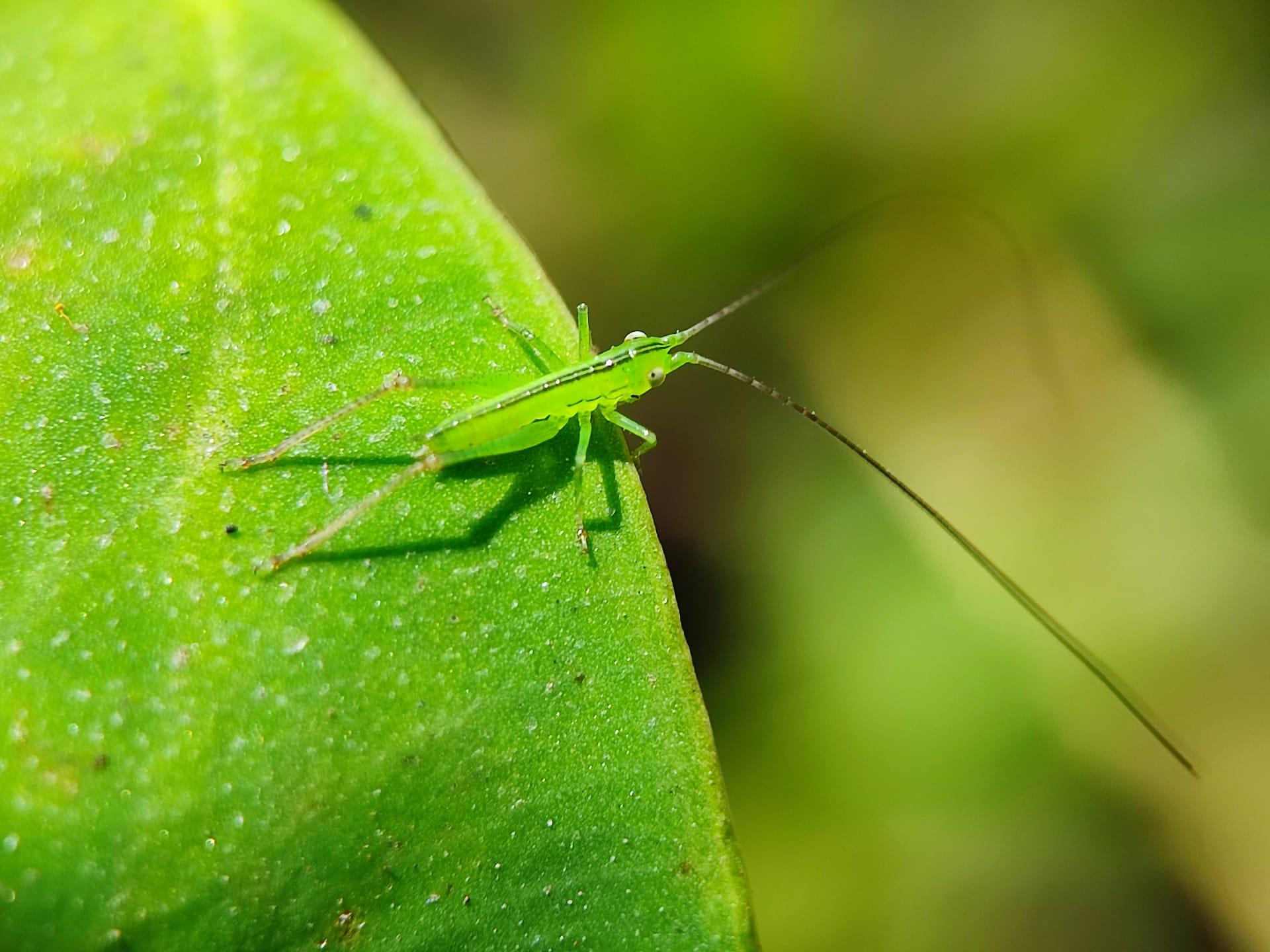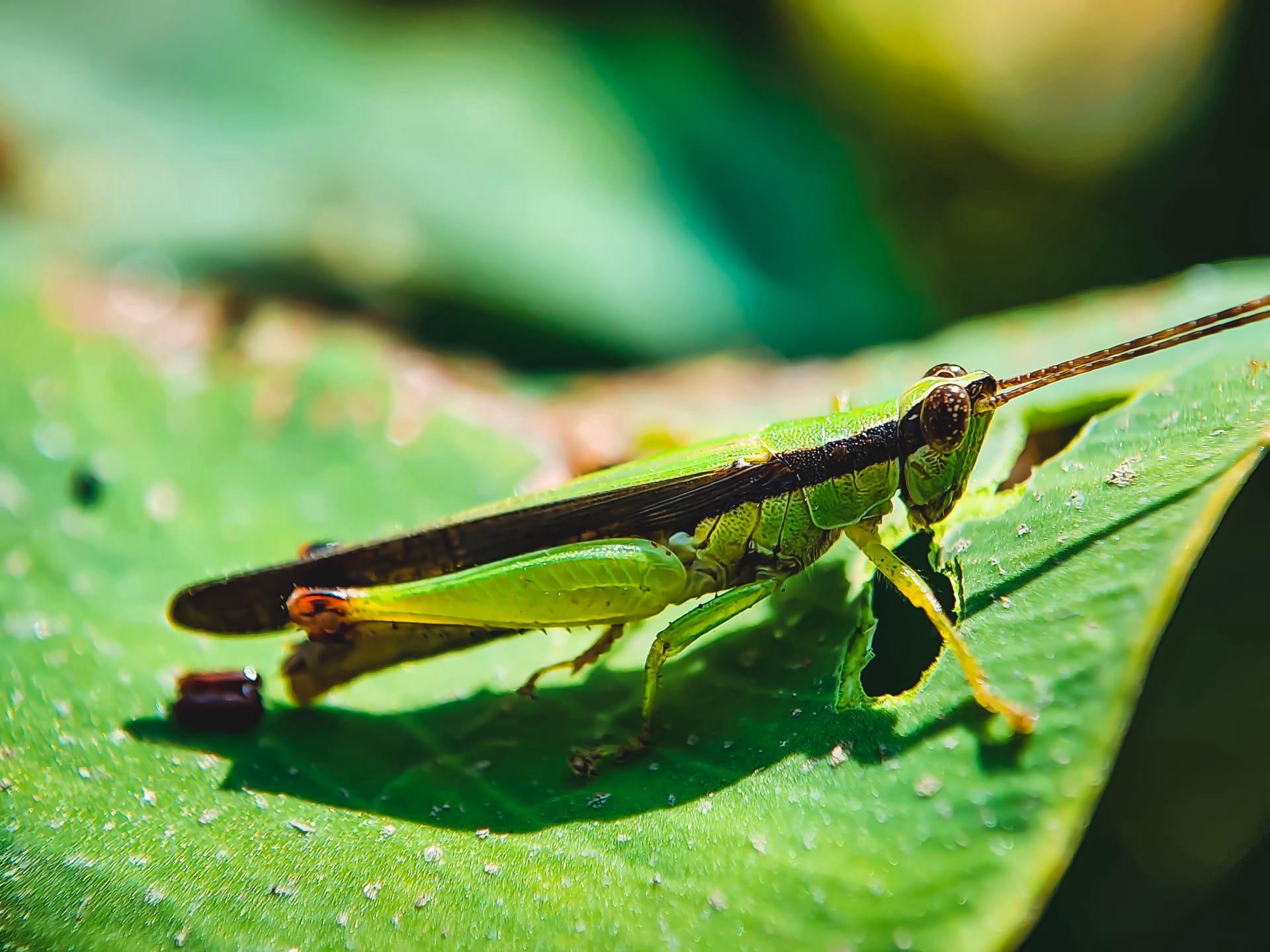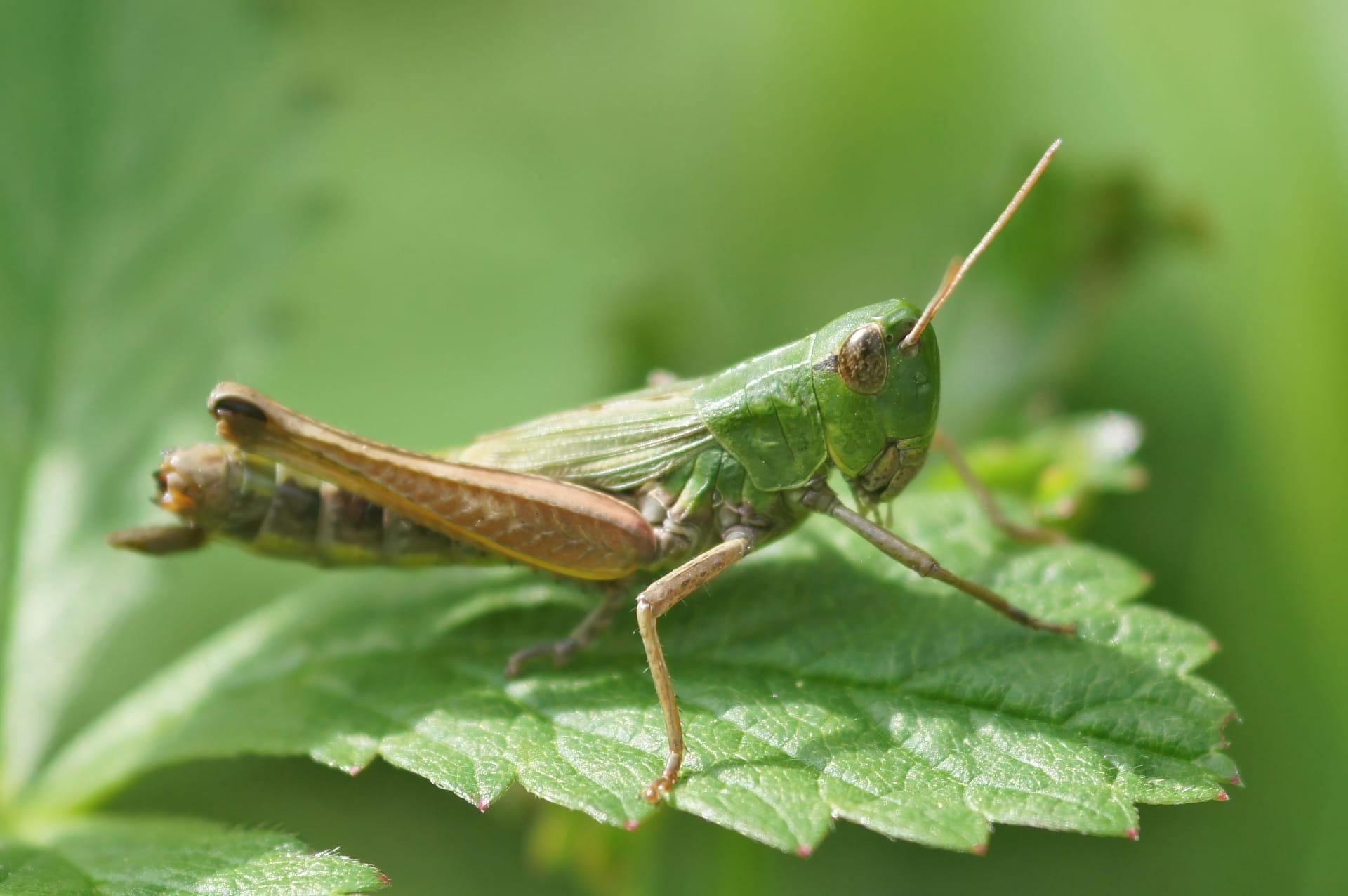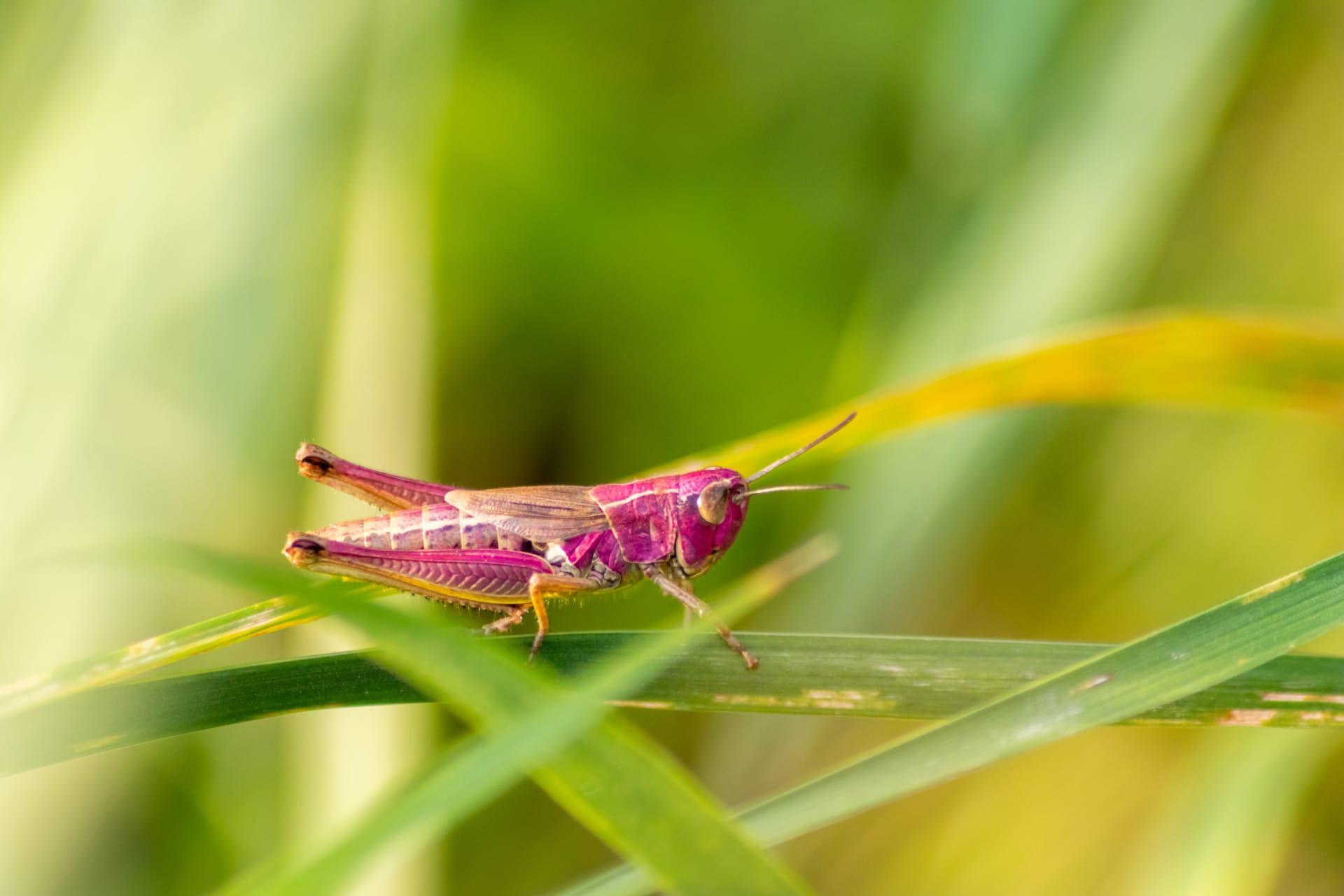Leaf Hopper Characteristics
- Home /
- Mini Encyclopedia /
- Animal /
- Leaf Hopper Characteristics
1
Leaf Hoppers, fascinating creatures of the insect world, are small yet remarkable. Measuring typically between 1/8 to 1/2 inch (3 to 12 millimeters) in length, they boast a varied palette of colors, often blending seamlessly with their surroundings. Their lifespan, intriguingly, varies significantly depending on environmental conditions, ranging from a few months to a year. Intricately designed, these insects are well-adapted for survival.
Among the most distinctive features of Leaf Hoppers is their unique hind legs, designed for impressive jumps. These legs function like a coiled spring, enabling them to leap distances up to 100 times their body length. This remarkable ability not only aids in quick escapes from predators but also assists in their migration across vast distances. It's a vital adaptation that showcases their agility and resilience in the wild.

2
Question: What is the primary diet of Leaf Hoppers?
Answer: Leaf Hoppers are primarily herbivores, feasting on plant sap. They have specialized mouthparts, a kind of piercing-sucking proboscis, which they use to extract sap from a wide range of plants. This diet is crucial for their survival, providing them with essential nutrients. However, it can make them pests in agricultural settings, where they might damage crops by depleting vital plant fluids and spreading plant diseases.

3
The movement of Leaf Hoppers is characterized by their remarkable jumping ability. They can leap vertically and horizontally to evade predators or to move between feeding sites. This agility is facilitated by their strong hind legs, capable of propelling them into the air swiftly and efficiently.
In terms of feeding, Leaf Hoppers adopt a rather stealthy approach. They use their sharp, needle-like mouthparts to pierce plant tissue and access the sap. This feeding process is generally undetectable to the naked eye, as they skillfully avoid causing visible damage to the plant, enabling them to feed unnoticed for extended periods.

4
Leaf Hoppers thrive in a variety of environments, ranging from tropical rainforests to temperate woodlands and grasslands. They are adaptable and can be found in any place that provides an ample supply of plant life. Their preference for a particular habitat depends largely on the availability of their preferred plant hosts.
Reproduction among Leaf Hoppers involves an intriguing ritual. Males often attract females through vibrational songs produced by vibrating their bodies against plant surfaces. After mating, females lay eggs on the underside of leaves or in the stems of plants. The eggs hatch into nymphs, which undergo several molts before reaching adulthood, continuing the lifecycle of these fascinating insects.

5
Book: "The Secret Life of Leaf Hoppers" by Dr. Emily Forrest, published in the USA, 2018. This book offers an engaging exploration into the world of Leaf Hoppers. Dr. Forrest, an entomologist, delves into their biology, behavior, and ecological significance. Rich in detail, it's written to captivate both scientific and general audiences.
Book: "Insects Unveiled: Leaf Hoppers" by Prof. Mark Bennett, published in the UK, 2020. Prof. Bennett brings a comprehensive look into the life of Leaf Hoppers, covering their anatomy, life cycle, and their role in ecosystems. The book stands out for its accessible language, making complex entomological concepts understandable to readers without a scientific background.